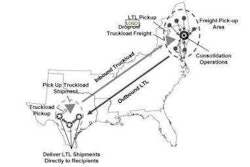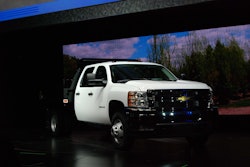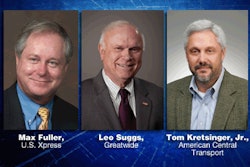Retrospective 1940 – 1949
The fourth in a series of quick peeks into the world of commercial vehicles through the lens of Commercial Carrier Journal
Keep ’em rolling
Trucks played a critical role to the Allied advance during World War II. As troops rapidly consumed ammunition and supplies, trucks were instrumental in resupplying soldiers from ports and railheads to the front lines.
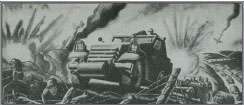
For carriers not involved in the war effort, the ability to maintain vehicles was vital to their existence. Hertz was featured in an article for its extensive preventive maintenance program to keep its fleet running. United Parcel Service had a reputation for its ability to salvage parts prior to the shortage, but its use of arc welding for cracked transmission covers, snapped manifolds and other maintenance issues earned UPS a new acronym: Unlimited Parts Salvage.
At the war’s halfway mark, frustrations in the trucking industry began to boil over. After enduring 18 months of disappointment and sacrifice, the American Trucking Associations lashed out at the Office of Defense Transportation for – as CCJ put it – its “Gestapo-like regulation by secret measures and the arbitrary actions of individuals.”
In 1944, the trucking industry’s voice was heard. Under a new truck program from the War Production Board, the civilian truck industry would receive a much-needed infusion of vehicles as the U.S. Army recognized the need for civilian production to aid maintaining an efficient military establishment in the United States.
Through it all, the trucking industry kept moving freight in record volume. As the war wound down in 1945, carriers breathed a collective sigh of relief knowing the worst was behind them. “1944 has been a year of triumph for thousands of motor carriers … who stuck it out in the face of odds which at times appeared overwhelming,” said ATA President Ted V. Rodgers.
Mega merger
On Jan. 1, 1943, seven large Northeastern and Southeastern fleets merged to become Associated Transport, creating the largest for-hire carrier in the industry. The merger received the blessing of the Interstate Commerce Commission, who a year earlier had shot down a much larger merger that involved 30 companies for fear of creating a trucking monopoly.

Following in the footsteps of another industry giant, Consolidated Freightways, Associated Transport built its own tractors. While CF’s tractors evolved into what is now Freightliner, Associated Transport ceased tractor production, and the carrier eventually went out of business as a result of poor management.
Back the attack:
Advertising in the war years
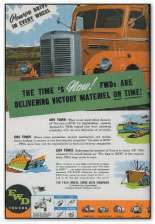
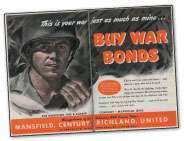
Trucking goes Hollywood

Breaking gender barriers
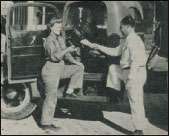
The thousands of women in the Red Cross Motor Corps were unpaid volunteers and were required to complete a first aid course and learn the routine of canteen work, as well as carry a driving license and complete a 30-hour road course.
In 1943, the female work force was recognized as a valuable asset by large fleets such as United Parcel Service, Pacific Motor Trucking and Railway Express. The companies hired women not only to replace male drivers, but also as washers, mechanics and loaders. “We like our women drivers better than our men drivers,” said a fleet manager for 7-Up Bottling Co. in the December 1943 issue of CCJ.
In May 1944, it was reported that 57,800 women were employed in the for-hire trucking industry. n
Visit www.CCJ100.com for an in-depth timeline detailing news and events in the trucking industry from this decade and share your company’s history.

